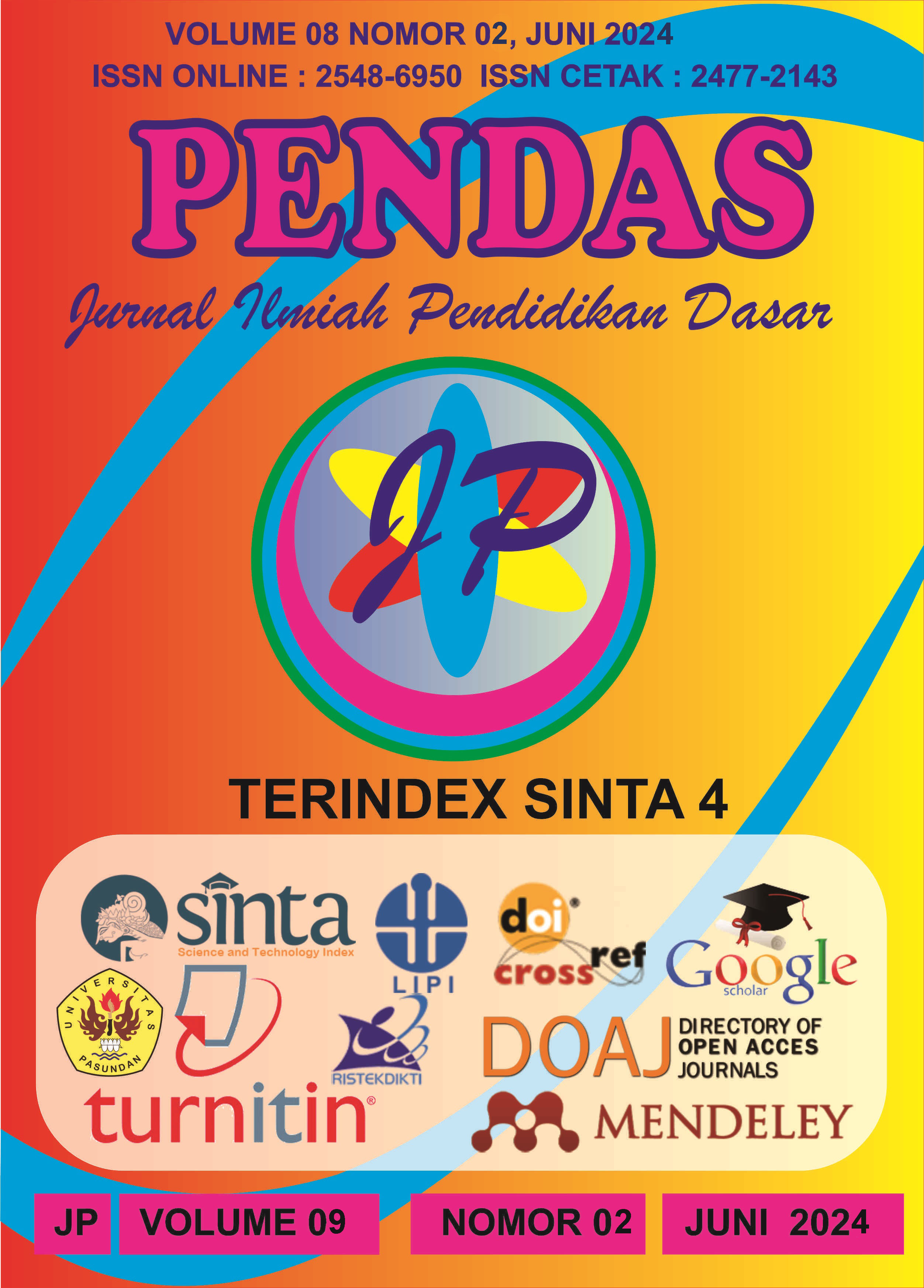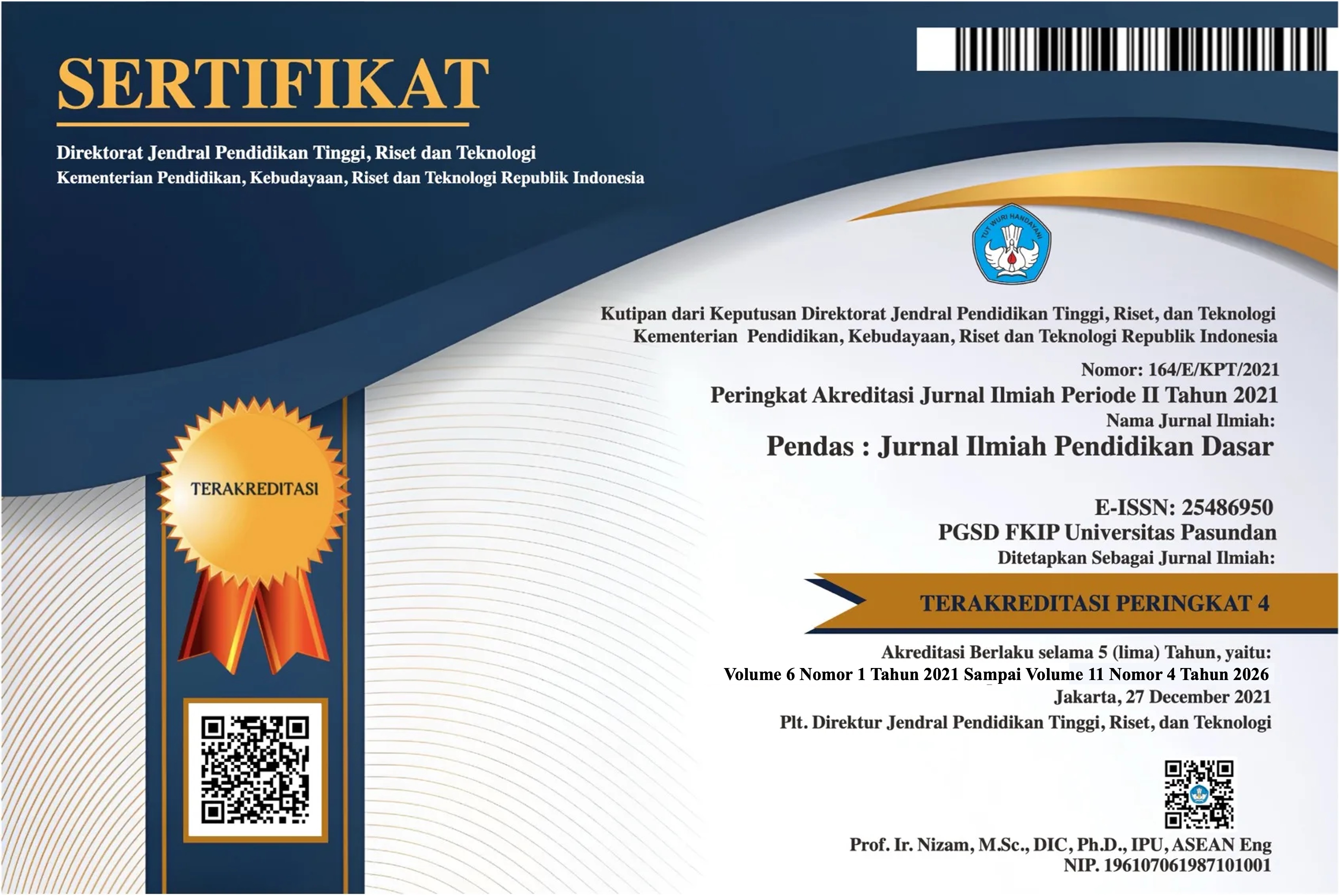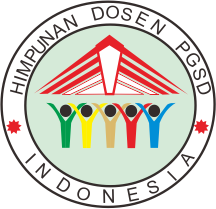PENERAPAN PROGRAM TAḤQIK (TAḤFĪDẒ, QIRĀ’AH, KITĀBAH) PADA PEMBELAJARAN AL-QUR’AN DI SDIT AL-HIKMAH KOTA CIREBON
DOI:
https://doi.org/10.23969/jp.v9i2.13746Keywords:
al-qur'an learning, taḥfīdz, qirā’ah, kitābahAbstract
The purpose of this research is to describe the application of the Tahqik program in Al-Qur'an learning at SDIT Al-Hikmah which is carried out to produce graduates who have three competencies in the field of the Al-Qur'an, namely Taḥfīdẓ competence (memorizing the Al-Qur'an), Qirā'ah competence (reading the Koran), Kitābah competence (writing the Koran). This research uses descriptive qualitative research. Data collection techniques use observation, interviews and document study methods which are then analyzed using interactive analysis techniques, namely data reduction, data presentation and conclusion drawing. The conclusion of this research shows that the application of the Taḥqik program to Al-Qur'an learning at SDIT Al-Hikmah is carried out using two approaches, namely the habituation approach and the subject approach. Habituation is carried out every day while subjects are held one meeting a week. In getting used to it, students take part in reading and writing learning activities using the iqra method and memorizing the Al-Qur'an using the tikrar, talaqqi and muraja'ah methods. Evaluation of each aspect of competency is carried out using daily tests, semester tests and annual tests which are supported by adequate administration. As for the Al-Qur'an subject, students are given material about taḥsin, tajwid and waqf rules. Taḥsin and recitation material is given to classes I, II, III using the tasmi method without an introduction to theory. Meanwhile, in classes IV, V, VI, theories about tajwid, makhraj and waqf rules begin to be taught.Downloads
References
Aliwar. (2016). PENGUATAN MODEL PEMBELAJARAN BACA TULIS QURAN DAN MANAJEMEN PENGELOLAAN ORGANISASI (TPA). Al-Ta’dib, 9 (1).
Astuti, R. (2013). Peningkatan Kemampuan Membaca Al-Quran Pada Anak Attention Deficit Disorder Melalui Metode Al-Barqy Berbasis Applied Behavior Analysis. JURNAL PENDIDIKAN USIA DINI, 7 (2), 351–366.
Chatib, M. (2016). Gurunya Manusia (2nd ed.). Mizan.
Daradjat, Zakiah, et. al. (2000). Ilmu Pendidikan Islam. Bumi Aksara.
Hasunah & Jannah. (2017). Implementasi Metode Ummi dalam Pembelajaran Alquran pada Santri di Pondok Pesantren Salafiyah Al-Mahfudz Seblak Jombang. Jurnal Pendidikan Islam, 1 (2), 160–172.
Jarwin & Yusuf. (2007). Pelajaran Kitabah/Imla. PP. Persis Bidang Tarbiyah Bidgar Dikdasmen.
Kurnaedi, A. Y. (2014). Tajwid Lengkap Asy-Syafi’i (2nd ed.). Pustaka Imam Syafi’i.
Moleong, L. J. (2017). Metodologi Penelitian Kualitatif (36th ed.). Rosda.
Muhammad, A. S. (2017). Menghafal Al-Qur’an. Qaf Media kreativa.
Pransiska, T. (2015). Fenomena Konstruktivistik Dalam Metode Al-Barqy Dalam Pembelajaran Al-Qur’an:Perspektif Psikolinguistik. HIKMAH, 11 (2), 31–46.
Rauf, A. M. (2012). Qira’at dalam Al-Qur’an. Jurnal Dusturiah, 1 (2).
Sugiyono. (2015). Metode Penelitian Pendidikan: Pendekatan Kuantitatif, Kualitatif, dan R&D (22nd ed.). Alafabeta.
Syah, M. (2015). Psikologi Belajar (14th ed.). Rajawali Pers.
Tafsir, Ahmad. et. al. (2012). Pengembangan Wawasan Profesi Guru. UIN SUNAN GUNUNG DJATI.
Tim LPP-SDM. (2010). Metode dan Materi Pendidikan Islam. In Ensiklopedi Pendidikan Islam. Binamuda.
Yusuf, S. (2017). Psikologi Perkembangan Anak & Remaja (18th ed.). Rosda.
Zarkasy, D. S. (1991). Metode Praktis Belajar Membaca Al-Qur’an. Yayasan Pendidikan Al-Qur’an Raudhatul Mujawidin Semarang.
Zin Arifin & Yusoff. (2014). Keberkesanan Teknik Iqra’ dan Al-Baghdadi:Suatu Perbandingan. Jurnal Usuluddin, 40, 51–69.
Downloads
Published
Issue
Section
License
Copyright (c) 2024 Pendas : Jurnal Ilmiah Pendidikan Dasar

This work is licensed under a Creative Commons Attribution 4.0 International License.



















